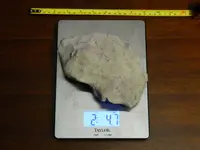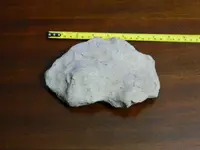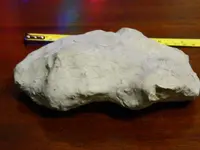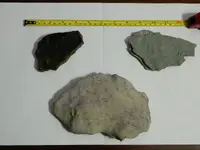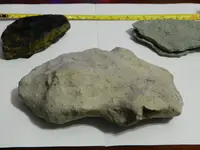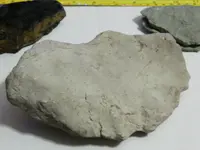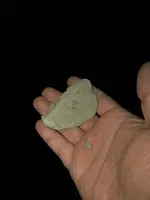KY Hiker
Bronze Member
- Joined
- Oct 28, 2014
- Messages
- 1,539
- Reaction score
- 3,223
- Golden Thread
- 0
- Location
- North Central Kentucky
- Detector(s) used
- Whites
- Primary Interest:
- All Treasure Hunting
- #61
Thread Owner
happy thanksgiveing to all rgb1
I hope everyone enjoys their day and gives thanks to the One who provides all.




